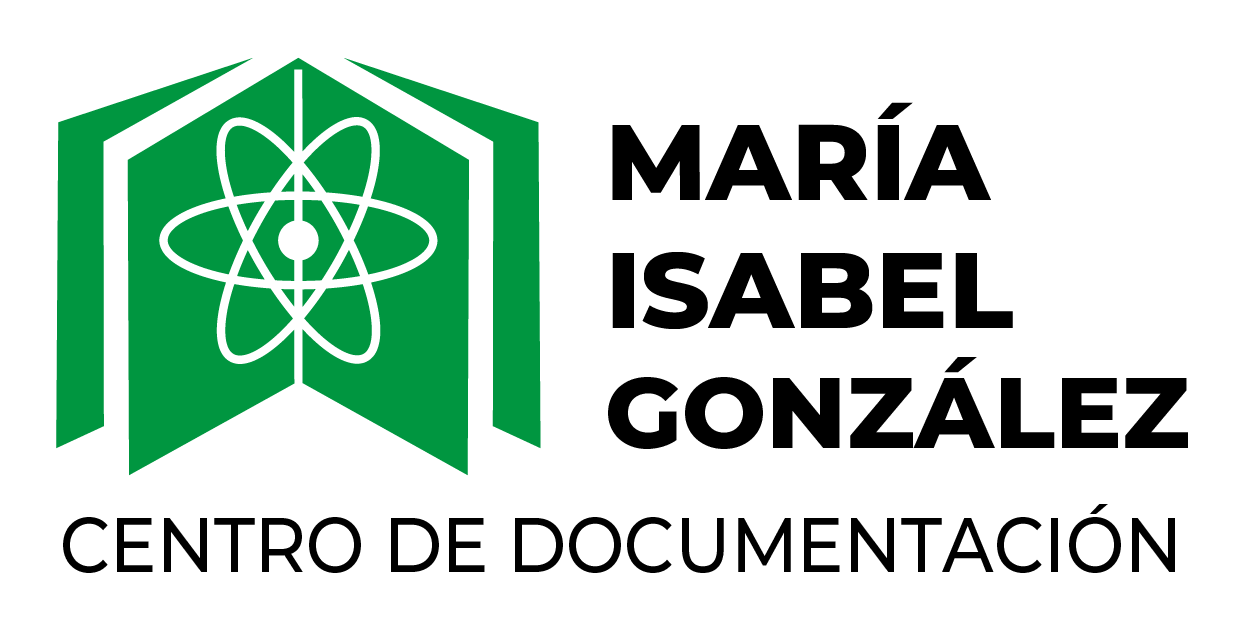Interacción entre precipitados y la transformación martensítica en monocristales de CuAlNi con memoria de forma.
Material type: Computer filePublication details: 2015.Description: 86 pOther title:
Computer filePublication details: 2015.Description: 86 pOther title: - Interaction between precipitates and martensitic transformation in shape memory CuAlNi single crystals [Parallel title]
| Item type | Home library | Call number | Status | Barcode | |
|---|---|---|---|---|---|
|
|
Centro de Información Eduardo Savino | IS/T--157/15 (Browse shelf(Opens below)) | Not for loan | IS/T--157/15 |
Cantidad de ejemplares: 1
Tesis para optar al título de Magister en Ciencia y Tecnología de Materiales. Director/es: Gastian, Rosana; Zelaya, Eugenia
Para cierto rango de composiciones químicas de CuAlNi, esta aleación exhibe los efectos memoria de forma y pseudoelástico. Estos son producto de una transformación martensítica [TM] termoelástica inducida desde una fase Beta de alta temperatura obtenida a temperatura ambiente en forma metaestable. Esta transformación martensítica puede ser inducida por enfriamiento o por aplicación de carga mecánica. Las aleaciones de CuAlNi son promisorias para su uso como núcleo actuador en dispositivos que tengan que funcionar a altas temperaturas. Por lo tanto, resulta interesante investigar la respuesta termo-mecánica de estas aleaciones para su uso específico a determinados rangos de temperaturas. Para esto, se estudian las aleaciones luego de ser sometidas a diversos tratamientos térmicos de envejecimiento. En este trabajo se abordó el estudio de la respuesta termo-mecánica de monocristales de Cu-14.3 por ciento Al-4.1 por ciento Ni [por ciento peso] junto con un análisis de la microestructura luego de someterlos a envejecimientos a 200 ºC y 250 ºC estando el material en fase ß. A raíz de estos tratamientos térmicos se produce la precipitación de fases estables, con lo cual es primordial estudiar la interacción entre estos precipitados y las transformaciones martensíticas inducidas para comprender el comportamiento del material. Para este análisis se utilizaron técnicas de difracción de rayos X, mediciones de resistencia eléctrica en función de la temperatura, ensayos mecánicos de tracción, microscopía óptica, microscopía electrónica de barrido [SEM] y microscopía electrónica de transmisión [TEM].
For a well-defined chemical composition range of CuAlNi, this alloy exhibits shape memory and pseudoelastic effects. Both effects are products of a thermoelastic martensitic transformation [MT] induced from a high temperature ß phase obtained at room temperature in a metastable state. The martensitic transformation can be induced by cooling or by means of an applied mechanical load. CuAlNi alloys are promising for their use in actuator devices that work at high temperatures. Therefore, it is interesting to study its thermomechanical response for its specific use at determined ranges of temperature. So, the alloys are studied after being subjected to different thermal aging treatments. In this work the thermomechanical response of Cu-14.3 per cent Al-4.1 per cent Ni [per cent wt.] single crystals was studied with a microstructural analysis after thermal treatments at 200 ºC and 250 ºC applied to the Betha phase. Due to the thermal treatments, the precipitation of stable phases occurs. For this reason, it is imperative to study the interaction between the precipitates and the martensitic transformation induced in the alloy in order to understand the material behavior. For the analysis, the following techniques were used: X-ray diffraction, electrical resistance vs. temperature measurements, tensile tests, optical microscopy, scanning electron microscopy [SEM] and transmission electron microscopy [TEM].
Lugar de trabajo: Centro Atomico Constituyentes
There are no comments on this title.




